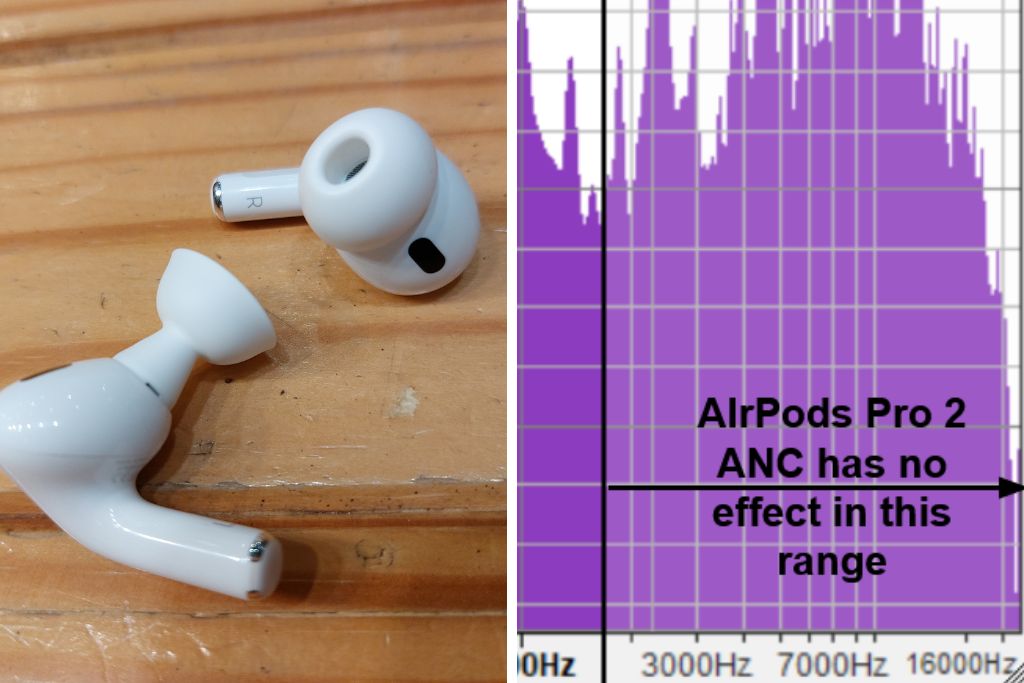
AirPods Pro 2 have an upgraded, powerful active noise cancelling function that can make a gas-powered lawn mower, many power tools and other machinery and even music bass appear a lot quieter.
Sometimes the results are stunning.
Perhaps you are wondering:
“Why not get rid of earplugs and ear defenders and use my AirPods Pro instead? They are more comfortable, seem to be doing the job, and I can also listen to music.”
I hate to disappoint, but I would not use AirPods Pro as a hearing protector!
Take a look at the ear tips. Flip them over and squeeze them a bit.
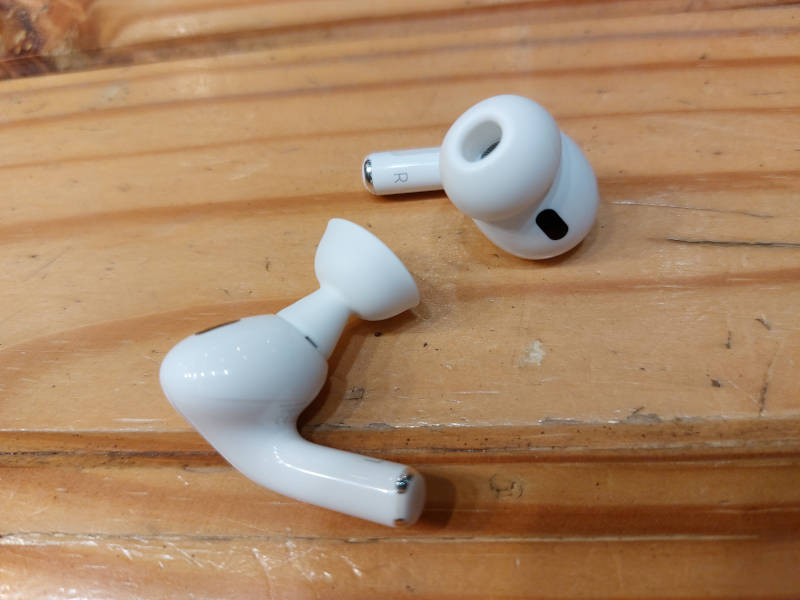
They offer very little resistance when you squeeze them.
This is good for consumer earbuds because most people don’t want to feel any pressure in their ear.
Provided the tips fit your ear, they are also good for taking the edge off of noise and helping with noise sensitivities.
I find them very comfortable.
But can you rely on these tips to reliably protect you from noise levels that might damage your hearing?
I cannot.
When I raise my eye brows and thereby change the shape of the ear canal, the environmental noise level changes substantially, i.e., noise seeps in. So the seal is not consistent.
A good place to try the ear canal squeeze test is alongside a busy road. Make sure you get a good seal first (so that the active noise cancelling function works well), otherwise you won’t notice a difference.
Other points to consider with respect to the ear tip fit:
- Your initially good seal will get affected by the vibrations of your mower, the hammer blows, your dance moves, etc. Think about it: how often do you have to readjust the fit of your AirPods?
- Often the earbuds work themselves out over time. And if you additionally listen to music, you may not even notice that the seal has deteriorated.
- Actual work earplug headphones (with a noise reduction rating) and earplugs typically press much more vigorously against your ear canal wall to maintain a consistent seal even when you are in motion.
- Unlike AirPods, work earplug headphones (and Bluetooth ear defenders) generally limit the maximum audio volume to 82 or 85 decibels. This limit makes it much harder to inadvertently drown out hazardously loud external noise or compensate for a poor seal with even louder music.
AirPods’ tips are designed for wearing comfort and taking the edge off of everyday noise, not hearing protection!
How about adaptive transparency mode, a new feature on the AirPods Pro 2?
Some bloggers have suggested this feature to protect you at loud concerts.
In transparency mode, you hear your environment via the outward-facing microphones.
In adaptive transparency mode, the Pro 2 additionally attempt to control the noise level reaching your ears by limiting the earbud speaker output (in my tests to about 85 dB).
Given the excellent sound quality of AirPods’ transparency mode, one could be tempted to use them at a loud event.
But, if your ear tips don’t isolate your ears well enough or the seal isn’t consistent (e.g., because you are dancing), hazardous sound levels will reach your ears directly (just not via the speakers if the limiter works well).
Even in adaptive transparency mode, the maximum achievable noise attenuation is limited by your ear tips. As I mentioned earlier, I would not rely on them.
For more information on adaptive transparency modes in earbuds, please check my post How Can Adaptive Transparency Help Noise Sensitive People.
Surely the powerful active noise cancelling function (ANC) can help?
It is the adaptive ANC of the AirPods Pro that at times seems to almost mute constant lower-frequency noises, e.g., those from your mower, certain power tools, trucks, and even music bass.
That’s what creates the “wow-effect.”
Unfortunately, against higher-pitched noises, the ANC is ineffective. In my tests, there was no benefit beyond 1600 Hz.
The ANC of the Pro 2 actually covers a very good range. Many other ANC earbuds have a lower cutoff frequency!
But consider this: depending on the material you are working with, grinders, metal saws, etc. will emit potentially hazardous noise at much higher frequencies.
Here is a short noise sample of a construction worker using an angle grinder on metal.
Take a listen.
Here is the frequency spectrum of that noise. Note the peaks (and substantial energy) above 1600 Hz. The highest level is at around 7000 Hz (way beyond the reach of the ANC).
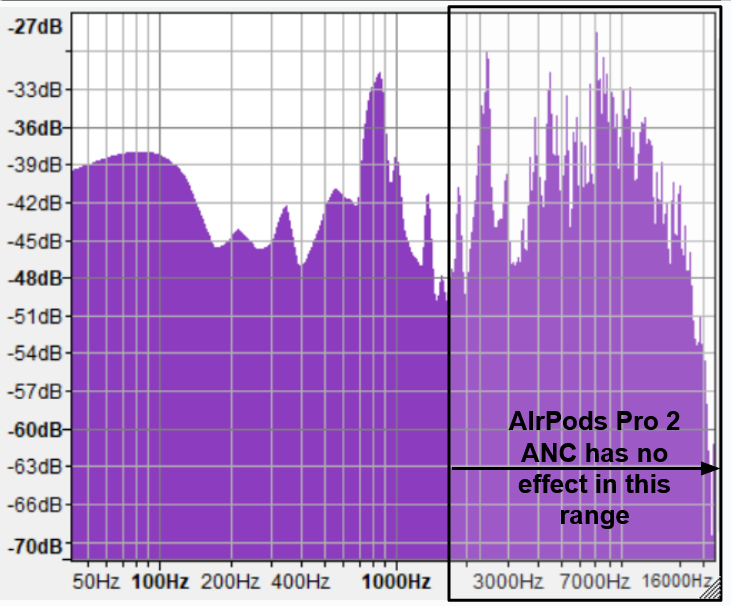
All that stands between your ears and these peaks are your ear tips.
(Neither the AirPods active noise cancellation nor its adaptive transparency mode can change that.)
I wouldn’t put all my money on the effectiveness of the ANC against lower frequency noise
The effectiveness of the adaptive noise cancelling function varies substantially with the type of noise and the frequency.
But that ANC is your only defense against lower frequency noise.
Even with a perfect seal, the passive noise attenuation provided by the ear tips alone against low frequency noise (i.e., noise <= 250 Hz) is virtually zero.
(And against lower-mid frequency noise the ear tips still help only a little. It’s the ANC that does all the magic.)
Unlike the AirPods ear tips, even well-fitted earplugs with only a moderate noise reduction rating or light ear defenders will offer some protection against low and lower mid frequency noise. Earplugs with a high NRR that are well-inserted and fit your ear can help a lot!
You can hear the lack of passive isolation by completely turning off the ANC (e.g., by using your iPhone/iPad.)
Now slam a door (e.g., your car’s), listen to the trucks along a busy road, or start your mower.
These sounds may now appear even amplified.
It is only the ANC that makes you say “wow” against low and low-mid frequency noise.
AirPods Pro’s active noise cancelling function adapts to the environment (and this isn’t always fast enough or predictable)
The adaptive ANC of the AirPods Pro optimizes its noise cancelling approach depending on the dominant frequencies present in a noise source, potentially reducing these dominant frequencies even more effectively.
But, this doesn’t work instantaneously. The ANC needs time to do adapt.
Hammer blows and other unpredictable impact noises may pass through almost unchanged!
And even when the AirPods have time to adapt, you have little control over how they adapt.
To learn more about this, please read my post The AirPods Pro 2 ANC, Strong when It Wants To.
Don’t get me wrong. I would love to have the additional noise reduction offered by the adaptive ANC in an ear defender.
But the lack of good passive noise isolation against lower frequency noise makes the AirPods Pro too risky a bet when it comes to protecting my hearing.
AirPods Pro have no noise reduction rating
Unlike with rated earplugs and ear defenders, there is no EPA label with a noise reduction rating (NRR) as would be required for a hearing protector in the U.S, nor a label with the single number rating (SNR) used in Europe.
Apple isn’t in that business yet; perhaps some day they will be.
This also means that, unlike with rated hearing protection, I have no yardstick or assurances against which noise levels and types AirPods Pro could be adequate.
My guess is that to obtain a decent rating based on passive noise isolation would require different ear tips. These would exert substantially more pressure in the ears.
And there is the additional complexity of the active noise cancelling function, which would require the application of a different standard. So this is probably not going to happen anytime soon.
“I have seen decibel numbers for the AirPods Pro and they looked good.”
You may have seen audio testers and reviewers publishing some very decent noise reduction test results (in decibels, with charts, etc.) for the AirPods Pro.
But these results are usually obtained with the earbuds inserted into an ear simulator (or a head and torso simulator) and not using multiple test subjects and real ears (which is how passive hearing protection is still tested and rated).
Some of these tests are very-well thought out! They are helpful for understanding the annoyance reduction potential in everyday life and offer insights beyond a noise reduction rating. But they are not meant to rate AirPods Pro as a hearing protector!
(And, remember the ear canal squeeze test.)
I find AirPods Pro to be comfortable and effective for quieting a noisy city.
I am happy to have them in when I come across a loud construction site. The buds perform some remarkable adaptation behind the scenes which often (but not always) leads to excellent results.
Leaving the lack of a noise reduction rating aside, it boils down to this:
For attending rock concerts or when working in loud environments, I will continue to reach for a tool that offers a more reliable seal and better passive noise isolation across the frequency spectrum (such as a good, inexpensive pair of earplugs with a suitable NRR).
For more information, also read the following articles:
Moldex Pura-Fit vs. Sparkplugs (Pura-Fit are still one of my favorite high-NRR earplugs).
My Favorite Earplugs for Noise Sensitivity and Sensory Overload (includes one of my favorite earplugs for loud events).

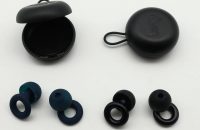


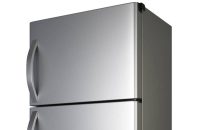
![Active Noise Cancelling vs Noise Isolating Headphones [Tested] Active Noise Cancelling vs Noise Isolating Headphones [Tested]](https://noisyworld.org/wp-content/uploads/2021/09/noise-cancelling-vs-noise-isolating-headphones-200x130.jpg)
